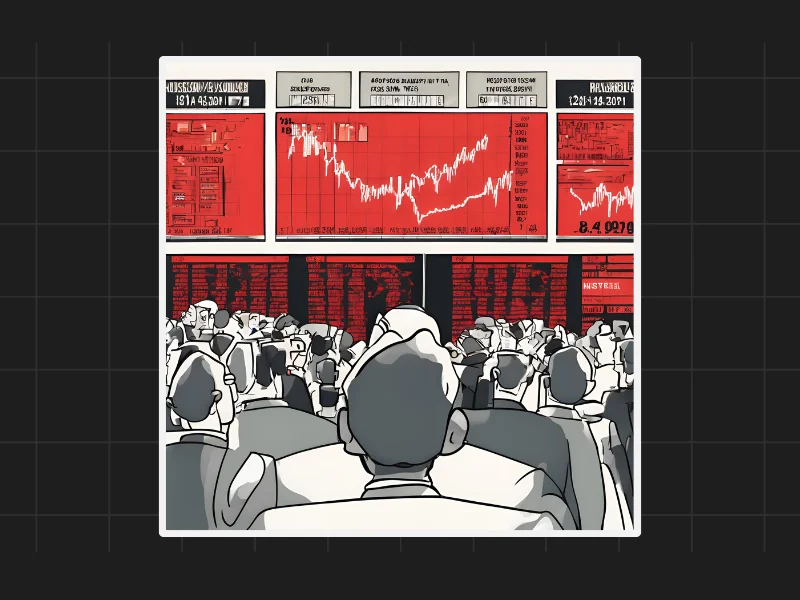Walgreens’ Troubling Stock Performance
Walgreens is a well-known pharmacy retail chain in the U.S. and globally. However, its stock performance tells a different story despite its strong market presence. Over the years, the stock has faced a significant decline, possibly due to increasing online competition, although the exact reasons remain unclear. From 1996, Walgreens’ stock rose steadily from around $10 to $40-$50, but then stayed within that range for nearly 14 years. It briefly surged to $100 by 2015-16, but since then, the value has plummeted back to around $9—a 90% drop. This isn’t just about Walgreens as a company but highlights an important lesson about stock behavior.

The Investor’s Dilemma
If you were an investor in Walgreens back in 1996, what would your strategy have been? Imagine you bought the stock at $10 and watched it soar over the years, only to return to its starting point 30 years later. For simplicity, let’s assume no dividends were paid. After seeing your investment rise significantly, would you have cashed out when the stock hit $100? Or would you have held on, hoping for more gains? These are questions many investors face, especially when a stock shows such dramatic highs and lows.
The Emotional Rollercoaster of Stock Investing
One of the most important aspects of this scenario is understanding how you would react at each stage of the stock’s movement. From the peak at $95, the stock dropped to $60, and then bounced back, giving a glimmer of hope. But the pattern continued, with each drop followed by a partial recovery, only to fall further. As an investor, it’s easy to believe that the stock will rebound and reach new highs, but sometimes it just keeps falling. This pattern of hope and disappointment is all too common in the stock market.\
The Behavior of Investors
This situation highlights a critical aspect of investing: human behavior. When the stock is falling, it’s natural to hold on, believing it will recover. But as the losses deepen, the decision to sell becomes even more difficult. Should you exit at a small loss or hold on, hoping for a turnaround? There’s no easy answer, and different investors will react differently. The key is to recognize how these patterns can influence decision-making.
Lessons from the Walgreens Chart
The chart of Walgreens’ stock performance raises important questions about investing strategies. Momentum investors, for example, may have bought in early, ridden the wave, and exited at the right time. However, many long-term investors could find themselves trapped in a pattern of holding onto a losing stock. The challenge is to recognize when to exit and not fall into the trap of hoping for a rebound that may never come. For most investors, the key lesson is to have a strategy in place and not be swayed purely by emotions.
Mi EverGreen’s Subscription Fee goes up on 10 Sep 2024
Effective 10 Sept 2024 , Mi EverGreen’s subscription fee will be increased for the first time since launch.
Old Pricing : Rs 2,499 (Quarterly) | Rs 7,499 (Annual)
New Pricing : Rs 4,999 (Quarterly) | Rs 14,999 (Annual)
For Current Subscribers of Mi Evergreen
Nothing changes for current subscribers at all. You shall continue to enjoy access to the strategy at your current subscription fee as long as you do not break your subscription loop. Kindly ensure that you keep your auto renew ON and renew your subscription on time.
For those who haven’t subscribed yet
This is a great opportunity to subscribe to Mi Evergreen at its current pricing. Use the link given below to subscribe
Disclaimers and disclosures : https://tinyurl.com/2763eyaz
If you have any questions, please write to support@weekendinvesting.com













